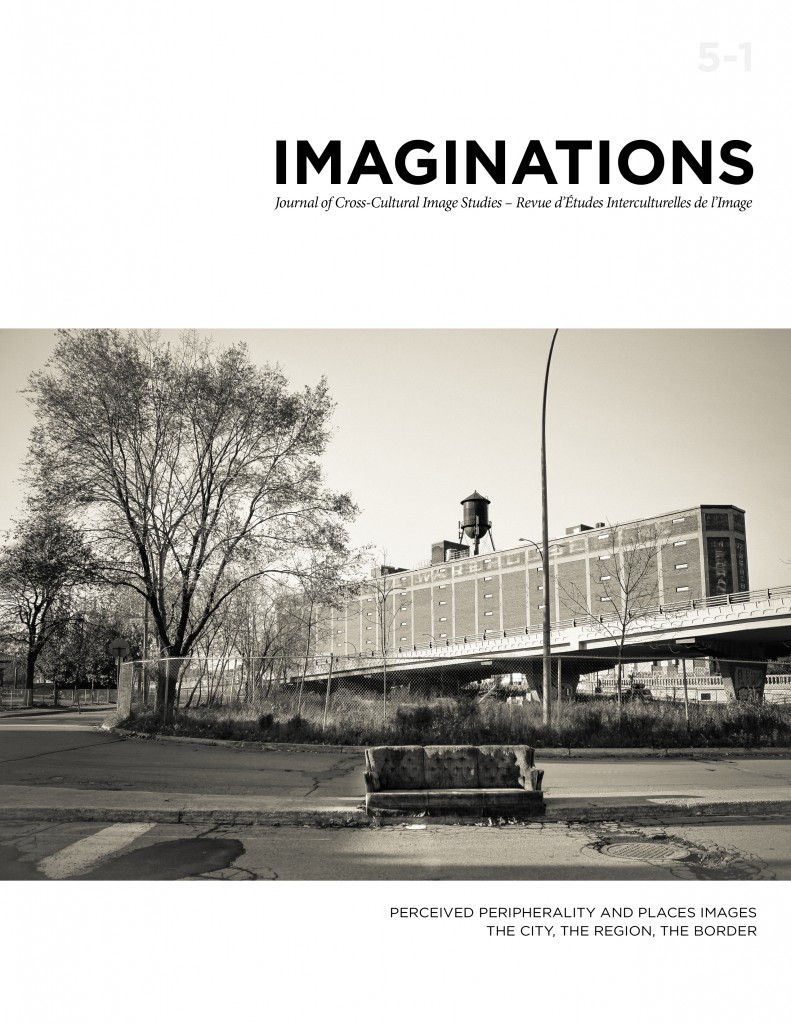A PLACE TO STAND: LAND AND WATER IN MĀORI FILM
DOI:
https://doi.org/10.17742/IMAGE.periph.5-1.3Abstract
New Zealand (NZ) Māori identity, as is the case for indigenous peoples the world over, is inextricably linked to a sense of place of origin, Tūrangawaewae, literally, “a place to stand one’s feet.” Place here is obviously first and foremost about land, but also includes the rivers, lakes and sea that have sustained Māori communities since their arrival in Aotearoa, almost a thousand years ago. Linking representations of land and water to a re-reading of Paul Gilroy’s twin metaphors of roots and routes, this paper reads issues of loss, conservation, regaining and/or transformation of such a sense of place as central to Māori fiction film.Downloads
Published
2014-04-28
How to Cite
Walker-Morrison, D. (2014). A PLACE TO STAND: LAND AND WATER IN MĀORI FILM. Imaginations: Journal of Cross-Cultural Image Studies, 5(1), 25–47. https://doi.org/10.17742/IMAGE.periph.5-1.3
Issue
Section
Articles
License

This work by https://journals.library.ualberta.ca/imaginations is licensed under a Creative Commons 4.0 International License although certain works referenced herein may be separately licensed, or the author has exercised their right to fair dealing under the Canadian Copyright Act.




